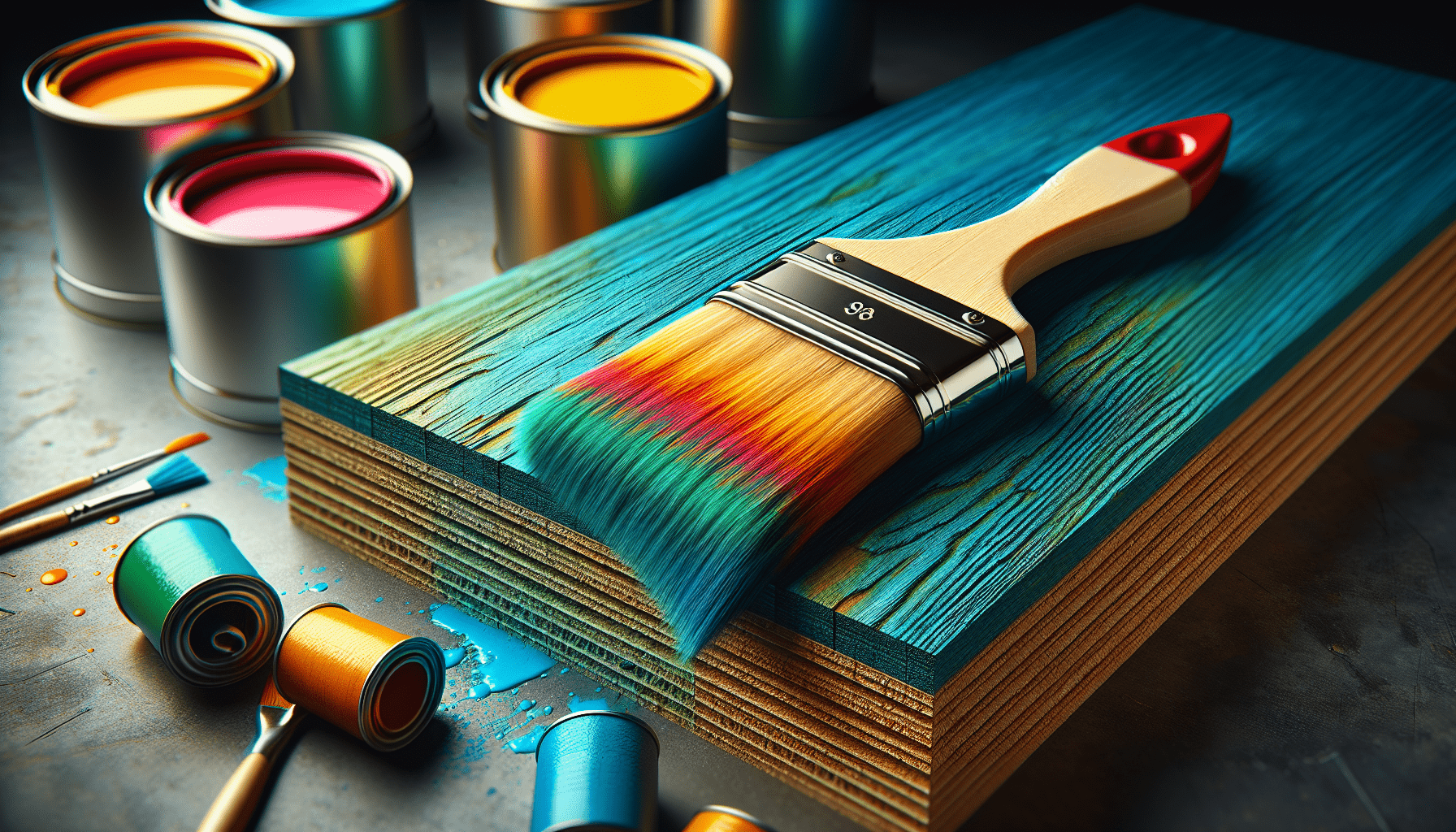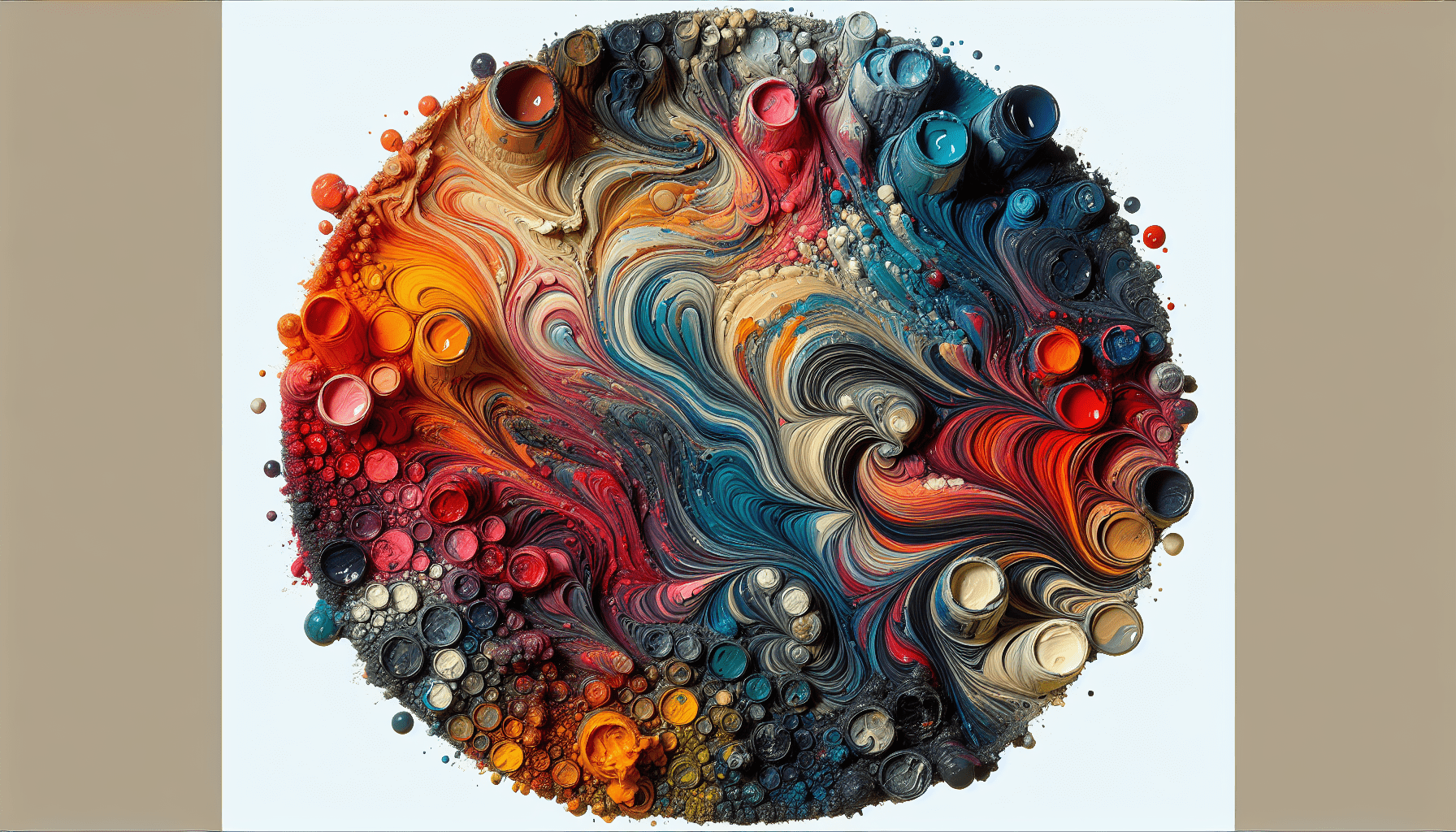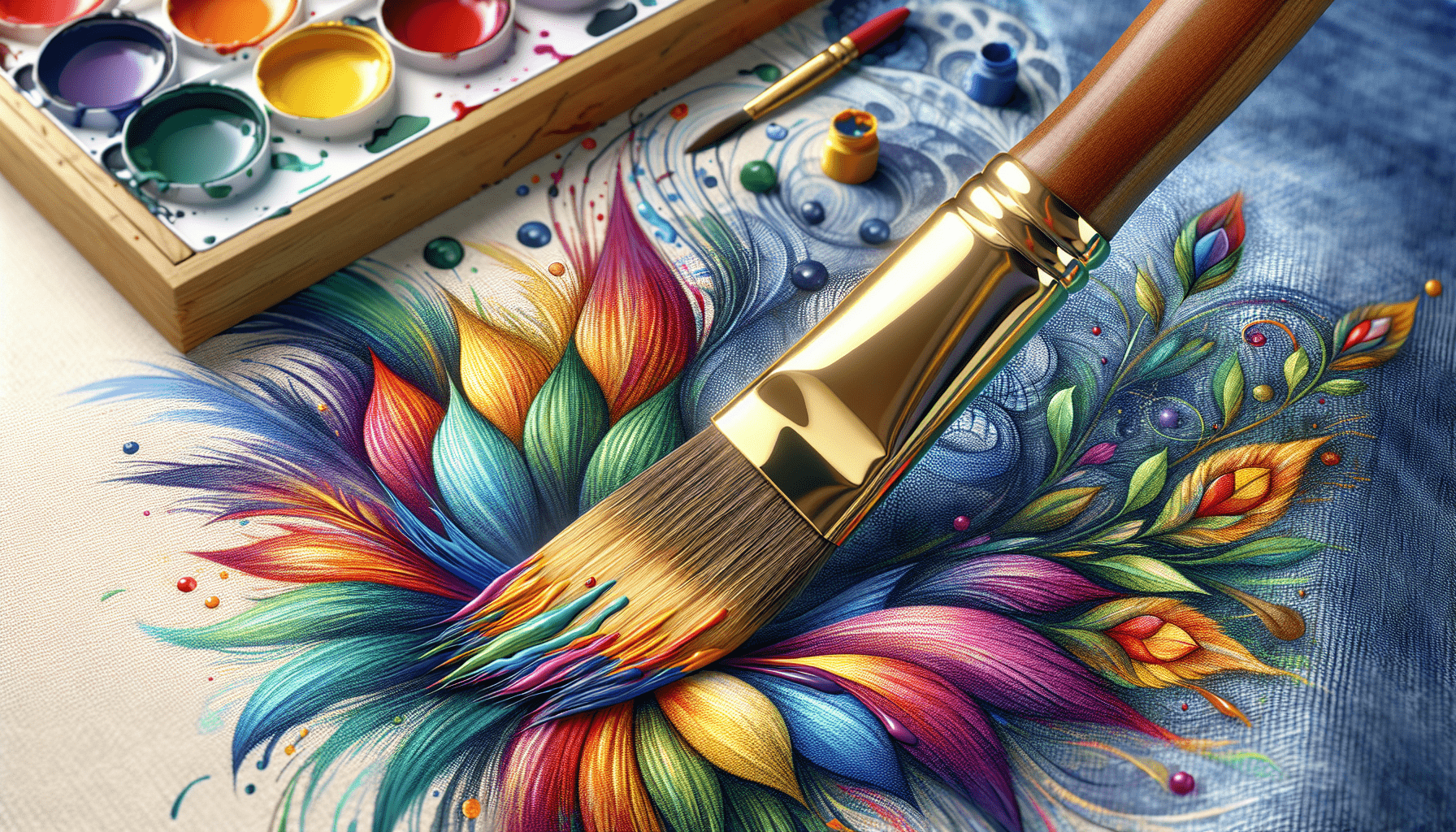Tempered hardboard is a widely used material known for its durability and versatility. However, if you’re considering painting it, you might find yourself wondering if this is a viable option. In this article, we will explore the question: can tempered hardboard be painted? We will delve into the properties of tempered hardboard and discuss the various factors that may affect its paintability. By the end, you will have a clear understanding of whether or not painting tempered hardboard is a feasible choice for your next project.
Overview of Tempered Hardboard
Tempered hardboard, also known as high-density fiberboard (HDF), is a versatile and durable material commonly used in various applications. It is made by compressing wood fibers under high heat and pressure, resulting in a dense and smooth surface. One of the most frequently asked questions about tempered hardboard is whether it can be painted. In this comprehensive article, we will explore the process of painting tempered hardboard, including preparation, choosing the right paint, application techniques, maintenance, and alternative finishes.
Definition of Tempered Hardboard
Tempered hardboard is a type of fiberboard that has undergone a special heat treatment process to improve its strength and durability. This process involves heating the wood fibers to high temperatures and then rapidly cooling them, which strengthens the bonds between the fibers. The result is a hardboard material that is stronger, more resistant to moisture, and less prone to warping or swelling than standard hardboard.
Properties of Tempered Hardboard
Tempered hardboard possesses several desirable properties that make it an excellent choice for various applications. It has a smooth and uniform surface, making it ideal for painting. Additionally, it has excellent dimensional stability, meaning it does not expand or contract significantly with changes in temperature or humidity. Tempered hardboard is also highly resistant to impacts, scratches, and moisture, making it suitable for both indoor and outdoor use.
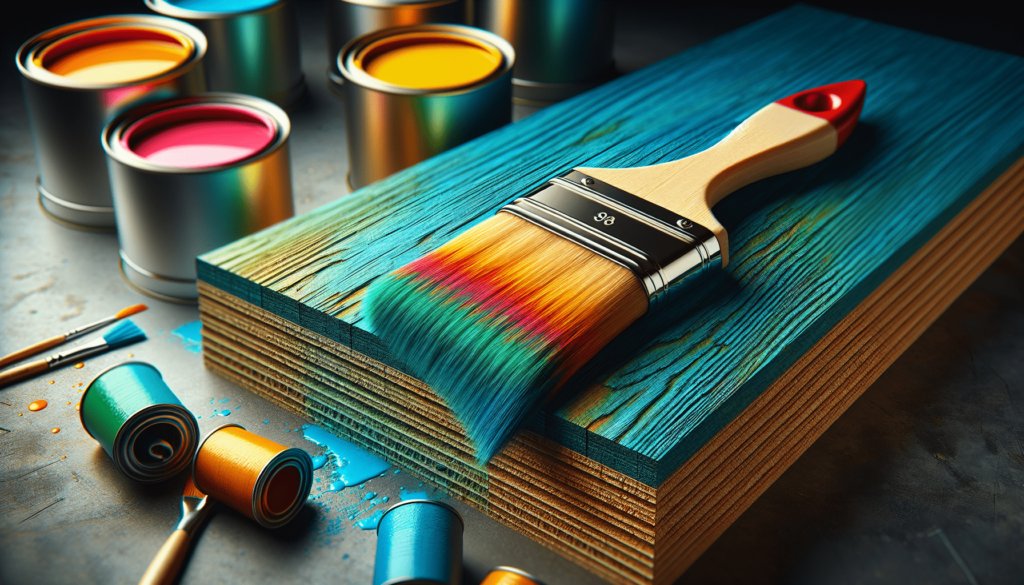
Common Uses of Tempered Hardboard
Due to its versatility and durability, tempered hardboard finds applications in a wide range of industries and projects. It is commonly used as a substrate for wall paneling, furniture components, flooring underlayment, cabinets, and doors. Due to its smooth surface, tempered hardboard is often utilized as a canvas for artwork and can be painted to achieve a desired aesthetic. The ability to paint tempered hardboard expands its potential uses and allows for customization in various projects.
Preparation for Painting
Before painting tempered hardboard, it is important to prepare the surface properly to ensure optimal paint adhesion and longevity of the finish. The preparation process involves cleaning the surface, sanding the hardboard, and applying a primer.
Cleaning the Surface
Start the preparation process by thoroughly cleaning the surface of the tempered hardboard. Remove any dirt, dust, or grease using a mild detergent mixed with water. Gently scrub the surface with a soft cloth or sponge, ensuring all contaminants are removed. Rinse the surface with clean water and allow it to dry completely before proceeding to the next step.
Sanding the Hardboard
To create a smooth and even surface for painting, it is recommended to sand the tempered hardboard lightly. Use fine-grit sandpaper or a sanding block to sand the surface in a circular motion. This helps to remove any imperfections, roughness, or raised wood fibers. After sanding, remove any dust by wiping the surface with a clean, dry cloth.
Applying a Primer
To enhance paint adhesion and create a uniform base coat, applying a primer is crucial when painting tempered hardboard. Choose a high-quality primer suitable for the type of paint you plan to use. Apply the primer evenly using a brush or roller, following the manufacturer’s instructions. Allow the primer to dry completely before proceeding to the painting stage.
Choosing the Right Paint
Selecting the appropriate paint for painting tempered hardboard depends on the specific project requirements and desired finish. Consider factors such as durability, sheen, color range, and compatibility with the surface. The three most common types of paint used on tempered hardboard are acrylic paint, oil-based paint, and latex paint.
Acrylic Paint
Acrylic paint is a popular choice for painting tempered hardboard due to its versatility and ease of use. It is available in a wide range of colors, provides good coverage, and dries quickly. Acrylic paint also offers excellent adhesion to a variety of surfaces, including tempered hardboard. Additionally, it is water-based, making it easy to clean up with water and soap. However, keep in mind that acrylic paint may not be as durable as oil-based paint and may require additional coats for full coverage.
Oil-based Paint
Oil-based paint is known for its durability and long-lasting finish. It provides a smooth and glossy appearance, making it suitable for projects that require more resilience to wear and tear. Oil-based paint also offers superior adhesion to tempered hardboard, providing a strong bond that resists chipping and peeling. However, it has a longer drying time and requires the use of mineral spirits for cleanup. Proper ventilation is also essential when working with oil-based paints due to their strong fumes.
Latex Paint
Latex or water-based paint is another option for painting tempered hardboard. It offers a quick drying time, easy cleanup with water, and low odor. Latex paint is available in a wide variety of colors and finishes, including matte, satin, and high gloss. It provides good adhesion to tempered hardboard surfaces and is generally more resistant to cracking and peeling compared to oil-based paint. However, latex paint may not be as durable as oil-based paint and may require more frequent touch-ups in high-traffic areas.
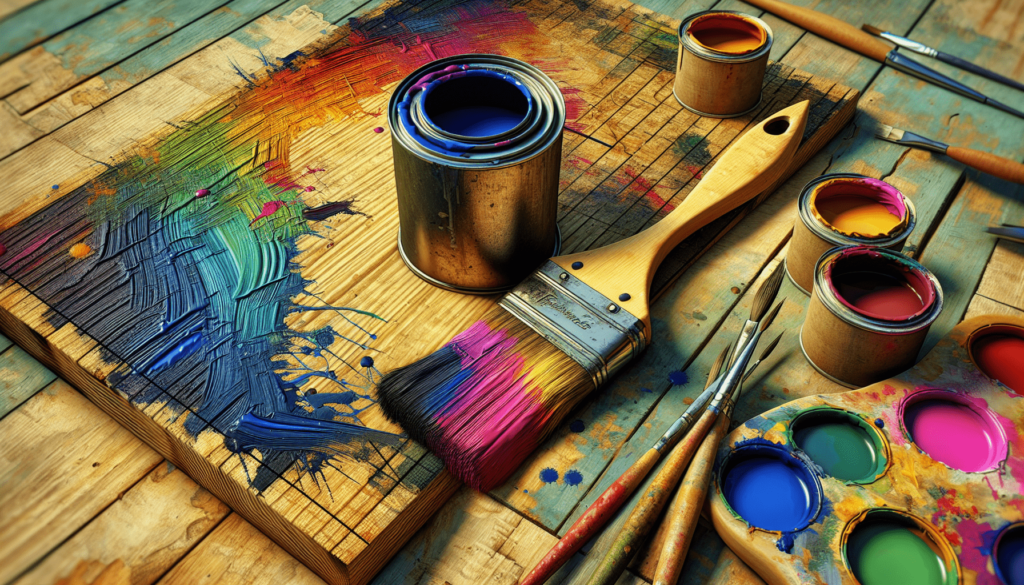
Applying the Paint
After properly preparing the surface and selecting the right paint, it is time to apply the paint to the tempered hardboard. The application technique can vary depending on personal preference, the type of paint chosen, and the desired finish. The three main techniques for painting tempered hardboard are brushing, rolling, and spray painting.
Brushing Technique
Using a brush is the most traditional and widely used method for painting tempered hardboard. Choose a high-quality brush with bristles appropriate for the type of paint being used. Begin by cutting in the edges and corners with a smaller brush, ensuring precision and avoiding drips. Then, using long, overlapping brush strokes, apply the paint to the surface in smooth and even coats. Multiple thin coats are preferable to one thick coat to achieve a professional finish. Consider the paint’s drying time and allow each coat to dry completely before applying the next.
Rolling Technique
Using a paint roller can save time and provide a smooth, streak-free finish when painting larger areas of tempered hardboard. Select a roller cover appropriate for the type of paint being used and the desired texture. Start by pouring the paint into a roller tray and saturating the roller cover evenly. Begin rolling the paint onto the tempered hardboard in a zigzag or “W” pattern, working in manageable sections. Then, using light pressure, roll over the painted area in a straight line to smooth the finish. Again, multiple thin coats are recommended for optimal coverage and a professional result.
Spray Painting Technique
Spray painting can be a convenient and efficient method for painting large surfaces or achieving a fine, even finish on tempered hardboard. Use an airless paint sprayer or a high-volume, low-pressure (HVLP) spray gun for best results. Prior to spraying, ensure proper ventilation and mask off any adjacent areas to protect them from overspray. Hold the spray gun or sprayer 8-12 inches away from the tempered hardboard surface and apply the paint in smooth, overlapping strokes. Take care to maintain an even distance and speed to prevent drips or uneven coverage. Multiple light coats may be necessary to achieve full coverage and avoid runs or sags.
Additional Tips for Painting Tempered Hardboard
To ensure the best possible outcome when painting tempered hardboard, consider the following additional tips:
Using Multiple Coats
Depending on the type of paint chosen and the desired opacity and finish, multiple coats of paint may be necessary. Applying thin, even coats allows for better coverage, reduces the risk of drips or runs, and ensures a more professional-looking finish. Allow each coat to dry completely before applying the next, following the manufacturer’s instructions for drying time.
Allowing Sufficient Drying Time
To prevent smudging, smearing, or damage to the painted surface, allow the painted tempered hardboard to dry thoroughly before handling or placing objects on it. The drying time may vary depending on the type of paint used, ambient temperature, and humidity levels. It is advisable to follow the manufacturer’s recommended drying time and avoid rushing the process.
Protecting the Finished Paint
Once the paint has dried, it is important to protect the finished surface of the tempered hardboard. Consider applying a clear protective topcoat, such as a polyurethane or varnish, to provide an extra layer of durability and protection against scratches, stains, and UV damage. Follow the manufacturer’s instructions for proper application and drying time. Regular cleaning and maintenance, as discussed in the next section, will also help prolong the life of the painted hardboard surface.
Common Mistakes to Avoid
When painting tempered hardboard, there are several common mistakes that should be avoided to ensure a successful and long-lasting finish.
Skipping Surface Preparation
Proper surface preparation is crucial for optimal paint adhesion and longevity. Skipping or rushing the cleaning and sanding stages can result in poor paint adhesion, uneven finishes, and potential paint failure over time. Take the time to clean and sand the surface properly, ensuring it is free of contaminants and imperfections.
Using the Wrong Type of Paint
Using the wrong type of paint can lead to poor adhesion, cracking, peeling, or an unsatisfactory finish. It is important to choose a paint that is specifically formulated for use on wood or fiberboard surfaces. Refer to the manufacturer’s recommendations and consult a paint professional if necessary to ensure the paint is suitable for painting tempered hardboard.
Applying Too Much or Too Little Paint
Applying excessive or insufficient amounts of paint can result in an unprofessional finish and compromise the durability of the painted surface. Too much paint can lead to drips, runs, or a thick, uneven coat, while too little paint may result in poor coverage and an inconsistent finish. Follow the manufacturer’s instructions for the recommended coverage rate and apply the paint in thin, even coats to achieve the desired result.
Maintenance and Care for Painted Tempered Hardboard
To maintain the appearance and prolong the life of a painted tempered hardboard surface, proper maintenance and care are essential. Consider the following guidelines:
Regular Cleaning
Regularly clean the painted surface using a gentle cleaner and a soft cloth or sponge. Avoid abrasive cleaners or harsh solvents that can damage the paint or the hardboard surface. Gently wipe away any dirt, dust, or stains, taking care not to scrub too vigorously to avoid scratching the paint.
Avoiding Harsh Chemicals
Avoid using harsh chemicals or cleaners that can degrade or discolor the paint on tempered hardboard. The chemicals in certain household cleaners, solvents, or abrasive substances can be too harsh for the painted surface and may cause it to deteriorate or lose its luster. Stick to mild, non-abrasive cleaners and a soft cloth for routine cleaning.
Touching up Chipped or Damaged Paint
Over time, the painted surface of tempered hardboard may experience minor wear and tear, such as chips, scratches, or dings. It is important to address these issues promptly to prevent further damage or deterioration. To touch up chipped or damaged paint, gently sand the affected area, clean it thoroughly, and apply a small amount of matching paint using a brush or sponge applicator. Blend the touch-up paint into the surrounding area to achieve a seamless repair.
Considerations for Outdoor Applications
When considering painting tempered hardboard for outdoor applications, several additional factors should be taken into account to ensure the longevity and durability of the painted surface.
Weatherproofing the Painted Surface
Outdoor environments expose painted surfaces to various weather conditions, including rain, snow, sunlight, and temperature fluctuations. To protect the painted surface, consider applying a weatherproofing sealant or clear topcoat specifically formulated for exterior use. This additional layer of protection helps to prevent moisture penetration, UV damage, and premature fading or peeling of the paint.
Protecting Against UV Rays
Direct exposure to sunlight and UV rays can cause paint to fade, discolor, or deteriorate over time. When painting tempered hardboard for outdoor applications, choose a paint that offers UV protection or apply a clear UV-resistant topcoat to minimize the effects of sun damage. Regular maintenance, such as cleaning and recoating as needed, can also help prolong the life of the painted surface.
Maintenance in Extreme Conditions
In areas with extreme weather conditions, such as high humidity, heavy rainfall, or freezing temperatures, additional maintenance and care may be required. Regularly inspect the painted surface for signs of damage, such as cracks, peeling, or mold growth, and address any issues promptly. Consider periodically applying a fresh coat of paint or protective topcoat to preserve the appearance and durability of the painted tempered hardboard.
Alternative Finishes for Tempered Hardboard
While painting is a popular choice for finishing tempered hardboard, there are alternative finishes that can provide unique aesthetics and enhance the natural beauty of the material.
Staining
Staining is an excellent option for enhancing the natural wood grain and texture of tempered hardboard while providing protection. Choose a wood stain that is compatible with the type of hardboard being used, and follow the manufacturer’s instructions for application and drying time. Staining allows the beauty of the wood fibers to shine through while providing a protective barrier against moisture and wear.
Varnishing
Varnishing tempered hardboard can create a glossy, protective finish that emphasizes the color and depth of the painted surface. Choose a clear varnish suitable for interior or exterior use, depending on the project requirements. Apply the varnish evenly using a brush or roller, following the manufacturer’s instructions. Multiple coats may be necessary to achieve the desired level of sheen and durability.
Applying a Clear Coat
For a more subtle finish, consider applying a clear coat to the painted tempered hardboard. Clear coats come in various sheens, from matte to high gloss, allowing for customization based on personal preference. Clear coats provide a protective layer that enhances the longevity of the painted surface while maintaining the original color and texture.
Conclusion
In conclusion, painting tempered hardboard is a viable and rewarding process that allows for customization and personalization in various projects. By following the proper preparation steps, selecting the right paint, and applying it using the appropriate techniques, you can achieve a professional and long-lasting finish. Regular maintenance and care, along with alternative finishes, further enhance the durability and aesthetics of painted tempered hardboard. Whether indoors or outdoors, painting tempered hardboard offers a versatile and attractive solution for a wide range of applications, making it an excellent choice for both professionals and DIY enthusiasts.
